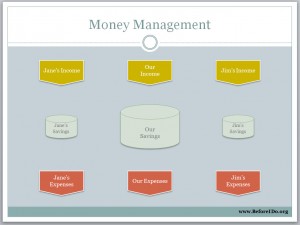Financial advisors work under so many different business models. Many models are geared for those with $1 million or more in assets to manage. What happens if you don’t have $1 million to manage? There are choices as usatoday.com points out in this article:
Do you want to know more about how Direction Financial Management works with middle class clients? Our business model is designed around your specific needs. Call us at 414.333.3396 or Contact Us to learn more.




